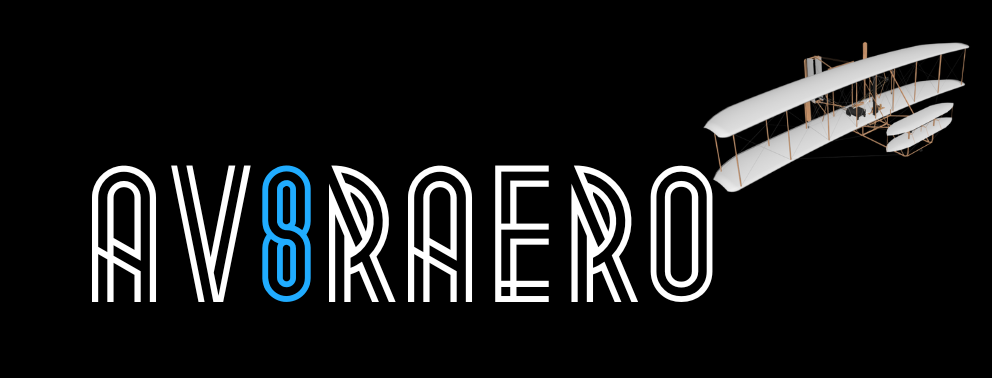How Flight Simulators Engage the Human Brain
Flight simulators are more than high-tech training tools—they’re sophisticated environments that deeply engage the human brain across multiple cognitive, sensory, and emotional domains. Whether used by student pilots, commercial aviators, astronauts, school students or enthusiasts, simulators demand and develop a wide range of brain functions simultaneously. Here’s how:
1. Sensory Integration and Spatial Awareness
Flight simulators stimulate the brain’s sensory systems, especially vision, hearing, and proprioception (the sense of body position). The immersive visual displays, realistic cockpit sounds, and tactile feedback combine to help the brain build a mental model of movement through space.
Even without full-motion platforms, the brain interprets visual motion (optic flow), instrument readings, and head movements to maintain orientation—just as it would in a real aircraft. This sharpens spatial awareness and the integration of sensory cues.
2. Working Memory and Cognitive Load
Flying an aircraft—even in a simulator—requires juggling multiple streams of information at once: instruments, checklists, communications, procedures, and environmental cues. This activates working memory, the brain’s short-term processing system.
Flight simulators intentionally increase cognitive load, challenging the brain to prioritize, sequence, and recall information efficiently. With practice, this helps build mental models—internal frameworks pilots use to predict and respond to real-world flight scenarios.
3. Decision-Making and Problem-Solving
Simulators are designed to throw complex, sometimes abnormal situations at pilots: engine failures, weather emergencies, system malfunctions. These require quick, accurate decisions under pressure—activating the prefrontal cortex, which governs planning, judgment, and response selection.
By forcing users to evaluate options, weigh consequences, and take action, simulators enhance real-time critical thinking and reinforce effective decision-making strategies.
4. Emotional Regulation and Stress Response
Even in a simulated cockpit, the brain can perceive high-stakes situations as real. This triggers physiological responses: elevated heart rate, adrenaline release, and stress. These emotional cues engage the limbic system—especially the amygdala, which plays a role in fear and risk awareness.
Simulators help train the brain to stay calm under pressure, improving emotional control and resilience—key traits for real-world aviation safety.
5. Motor Coordination and Muscle Memory
Operating flight controls demands fine motor coordination and timing. Simulators strengthen sensorimotor circuits, especially in the cerebellum and motor cortex, by encouraging precise, repeatable physical actions. Over time, these become automatized, or “muscle memory,” allowing pilots to perform complex procedures without overloading conscious thought.
6. Learning Through Feedback and Reflection
After each flight scenario, pilots debrief—reviewing their decisions, reactions, and outcomes. This activates metacognition: the ability to think about one’s own thinking. It’s a crucial part of the learning loop, helping the brain refine strategies, avoid repeat errors, and retain key lessons.
Simulators support this by providing detailed performance feedback, which enhances long-term memory formation and meaningful learning.
Summary
Flight simulators are brain gyms. They activate visual and sensory systems, working memory, emotional regulation, motor control, and executive function all at once. They create high-fidelity, high-consequence scenarios in a safe space, allowing pilots to rehearse real-world thinking and behavior. As a result, simulators not only build flight skill—they shape the brain’s capacity to operate under complexity, pressure, and uncertainty.
CJ
